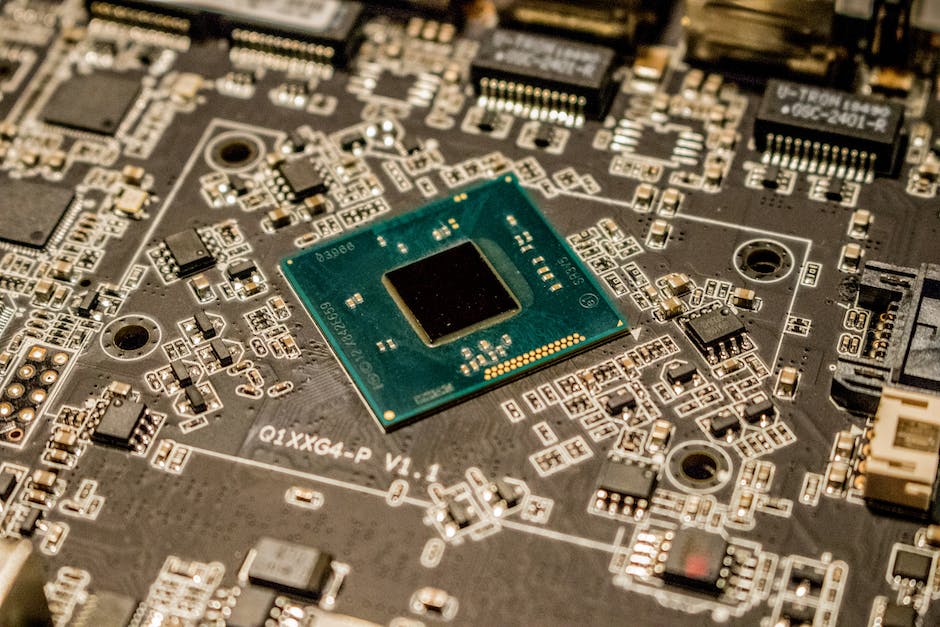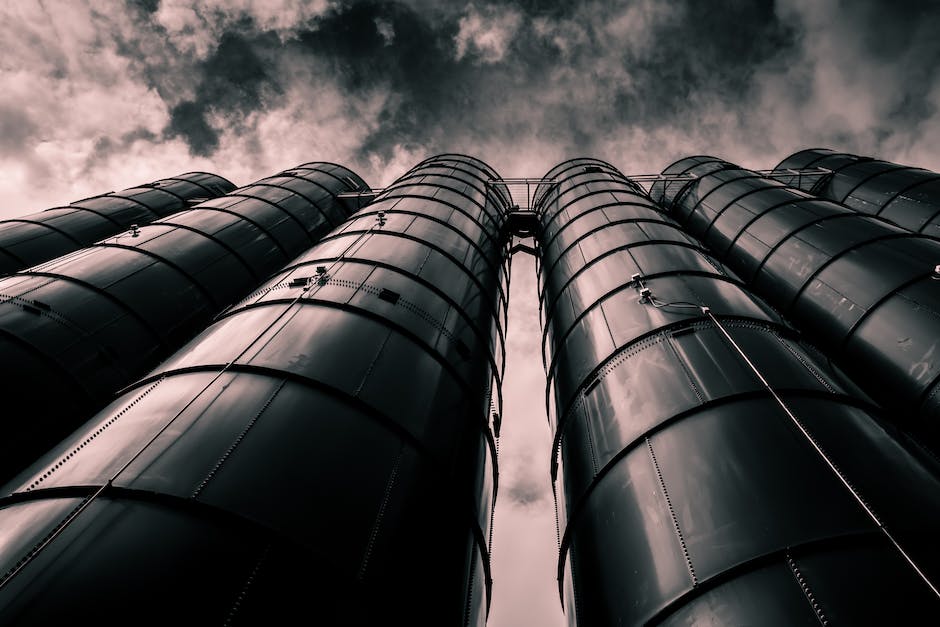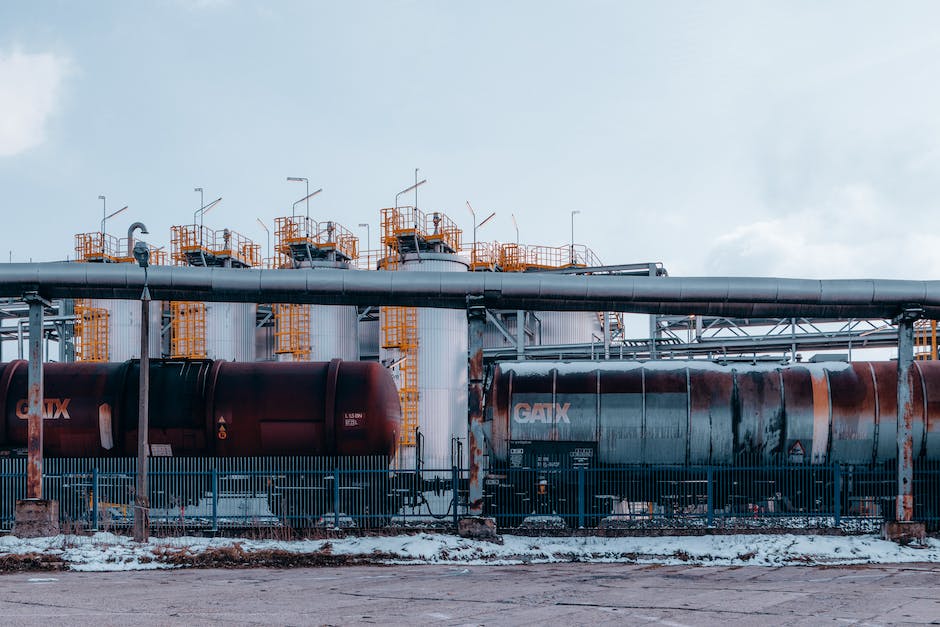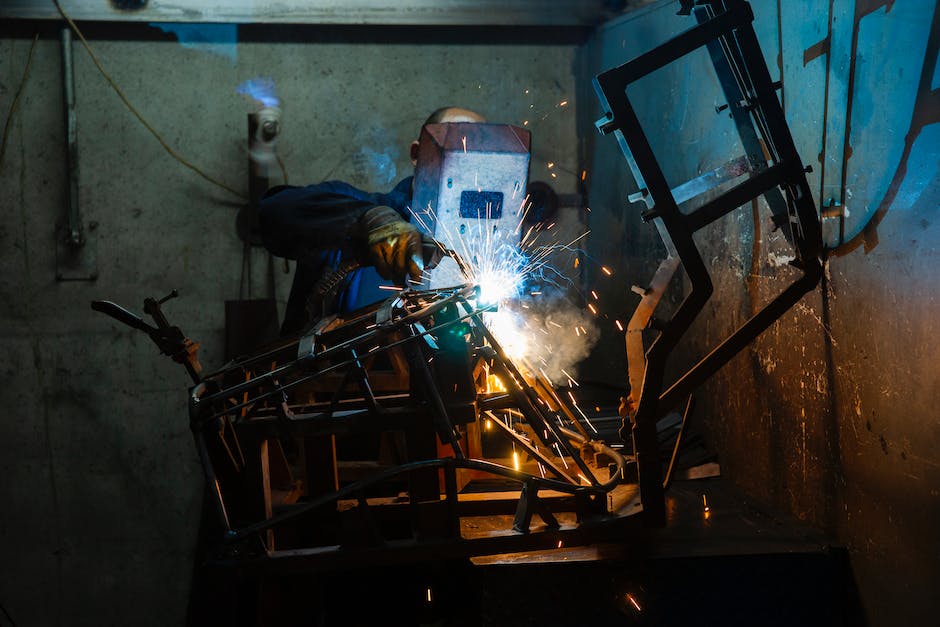In an era of rapid technological advancements, no industry remains unaffected. Particularly, the oil and gas sector is bracing itself for transformative shocks and opportunities. New digital innovations from AI to IoT, and clean energy solutions are poised to redraw the entire landscape.
This shift being driven not just by tech giants, but start-ups, and traditional oil and gas companies that are adapting and adopting quickly to stay ahead. Consequently, many wonder whether these advancements pose a threat or an opportunity, and how organizations can ensure they emerge as winners in this era of disruption.
In this piece, we will shed light on various technological trends that are set to disrupt the oil and gas industry and how companies can navigate through the tide of this disruption.
(Emerging Technologies) The Rise of Digitalisation in the Oil and Gas Sector: Exploring AI, Automation, and IoT

The advent of digitalisation in the Oil and Gas sector promises to revolutionize the industry, potentially overhauling established norms in favour of efficient, automated systems.
Artificial Intelligence (AI) plays an increasingly significant role, with its predictive capabilities offering unprecedented control over processes and costs. AI, combined with Machine Learning, allows models to provide insights that lead to more effective risk management.
Automation emerges as another key technology, eliminating human-driven inconsistencies and errors, particularly in process-intensive subsectors.
Lastly, the introduction of the Internet of Things (IoT) facilitates real-time data collection and monitoring – a leap in the conventional ways of the industry that typically leans heavily on human input.
These technological drivers, collectively, are poised to disrupt the traditional Oil and Gas sector, heralding an era of digital sophistication and efficiency.
(IoT and Remote Operations) Less Manpower, More Technology: How IoT Enhances Efficiency in Remote Operations

As the era of digitalization dawns upon us, the oil and gas industry is not left untouched. The introduction and implementation of Internet of Things (IoT) technology provide immense benefits to this traditional industry, predominantly optimizing remote operations.
With IoT, operations in remote, hazardous, and hard-to-reach areas are now more manageable and safer. IoT-enabled devices can accurately monitor, control, and manage operations in these regions, reducing the need for an on-site human workforce.
Moreover, these devices collect real-time data, taking precision and troubleshooting to a different level, and eventually leading to improved efficiency. Issues can now be identified and corrected sooner, thanks to intelligent sensors, minimizing lag and downtime.
Evidently, employing more technology and less manual labor does not only enhance efficiency but also supports safety precautions. The future of oil and gas industry now lies considerably with IoT and remote operations.
(AI and Big Data) Going Beyond Human Capability: AI and Big Data’s Impact in Predictive Maintenance and Decision Making

Advancements in technology are relentlessly pushing the boundaries of what is humanly achievable in the oil and gas industry. Particularly, Artificial Intelligence (AI) and Big Data are revolutionizing predictive maintenance and decision-making processes.
AI, paired with Big Data, allows us to predict and prevent equipment malfunctioning, leading to cheaper and safer operations. It enables detection of patterns and anomalies in vast, complex data sets, predicting equipment failures before they occur.
Furthermore, AI-augmented decision-making processes increase efficiency and reduce human error. These technologies open doors to entirely new strategic and operational possibilities, allowing companies to make informed, real-time decisions.
In short, AI and Big Data are proving invaluable for predictive maintenance and decision-making in the oil and gas industry, taking us beyond what was once possible with human capabilities.
(Automation and Robotics) Machines Helping Humans: How Automation and Robotics Improve Safety and Efficiency on Oil Rigs

Advancements in automation and robotics technology are set to revolutionise oil rigs’ productivity and safety norms. Instead of humans performing dangerous, high-risk jobs, automated machines and robotics are increasingly stepping in.
For instance, Automated Drilling Rigs (ADRs) can perform a range of functions, from drilling to pipe handling autonomously. These machines not only increase drilling precision and efficiency, cutting down on time and costs, but also mitigate risks involved with manual handling.
Moreover, robots equipped with cameras and sensors can monitor oil wells, identifying potential problems much earlier than a human worker could. This provides an opportunity for preventative maintenance, reducing downtime and costs while safeguarding employee safety.
In conclusion, the rise of automation and robotics in the oil and gas industry is a game-changer. The use of these technologies promises a future with enhanced safety measures and operational efficiency, a boon to the industry.
(3D Printing) Revolutionising Spare Parts Management: How 3D Printing is Transforming the Oil and Gas Supply Chain

In the realm of spare parts management, 3D printing emerges as a revolutionizing force ready to reshape the oil and gas supply chain.
Conventionally, the industry has been burdened with long lead times and high costs for receiving replacement parts. However, the advent of 3D printing negates these constraints.
With this dynamic technology, businesses can now create spare parts on-site and on-demand, curtailing prolonged downtimes and enhancing operational efficiency substantially.
Moreover, 3D printing ameliorates inventory management. It mitigates the necessity to stockpile a voluminous array of spare parts, thus reducing storage costs and logistical issues.
Clearly, this innovative technology is poised to vastly improve the oil and gas industry’s supply chain, ushering in a new era of efficiency and cost-effectiveness. As we move forward, the role of 3D printing in spare parts management will only become more pronounced, forever altering the industry’s landscape.
(Blockchain) Unleashing Transparency and Security: The Role of Blockchain in Streamlining Business Operations

In an industry heavily reliant on transactions, logistical details, and records, the potential for Blockchain transcends beyond the usual financial applications. By acting as a distributed ledger system, Blockchain can deliver unparalleled levels of transparency and security in the oil and gas industry.
For starters, it simplifies complex operations by providing an indisputable record of all transactions and asset movements. It also removes intermediaries, making operations more efficient and cost-effective.
Furthermore, Blockchain can help mitigate fraudulent activities by ensuring that every transaction is traceable. In an industry accustomed to handling high-value transactions and sensitive data, such a feature could be a game-changer.
Finally, it could improve cross-border transactions and regulatory compliance by providing a clear trail of accountability. In essence, Blockchain might hold the key to streamline and secure oil and gas industry operations.
(Renewable Energy Technology) Navigating the Energy Transition: How Advancements in Solar and Wind Power Challenge Traditional Energy Markets

As we navigate this energy transition, renewable technologies like Wind and Solar power are set to disrupt traditional energy markets vastly. Effectively harnessing the sun’s power could reshape oil and gas sectors, as solar panels are cost-effective and increasingly efficient.
Similarly, advancements in wind technology have resulted in powerful wind turbines, challenging conventional power sources. The dramatic drop in their cost bolstered by rising efficiency has put this renewable source at the forefront of the energy revolution.
The integration of these renewable sources in the energy mix is accelerating at a surprising speed. It is relentlessly promising an energy landscape different from today. This technology transition might not only challenge but also push oil and gas sectors to reinvent and innovate.
Navigating this energy transition isn’t a choice anymore, it’s imperative. Our traditional markets need to become resilient, adaptive and embrace this sustainable future.
(R&D Investment) Strategizing for the Future: The Importance of R&D Investment for Evolving Industries

As the oil and gas sector experiences ongoing shifts propelled by new technologies, it is crucial for businesses to stay competitive, proactive, and ahead of the curve. This is where Research and Development (R&D) plays a decisive role.
Strategic investments in R&D can lead to game-changing innovations, fostering resilience, and creating value. Unlike traditional cost-cutting measures, R&D often results in prosperous long-term returns. It helps in developing new strategies, products or services that align with future industry trends.
For example, sustainable technologies like CCS (Carbon Capture Storage) or clean-burning hydrogen fuels are directly influenced by R&D endeavors.
In an age of rapid technological disruption, businesses who leverage R&D stand a better chance at maintaining market relevance and thriving in the evolving landscape. Thus, strategic R&D investment is undeniably crucial in shaping the future of the oil and gas industry.






